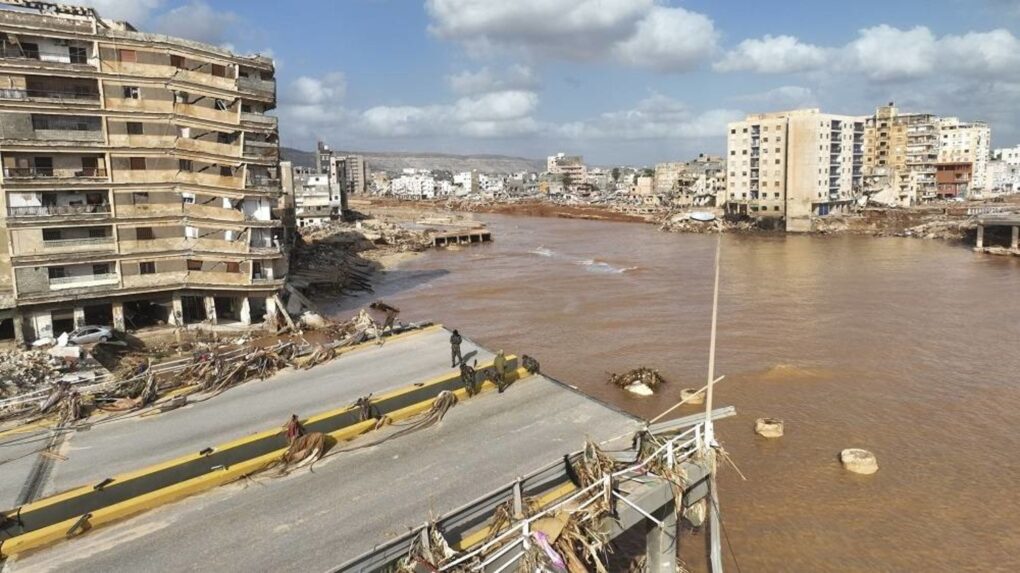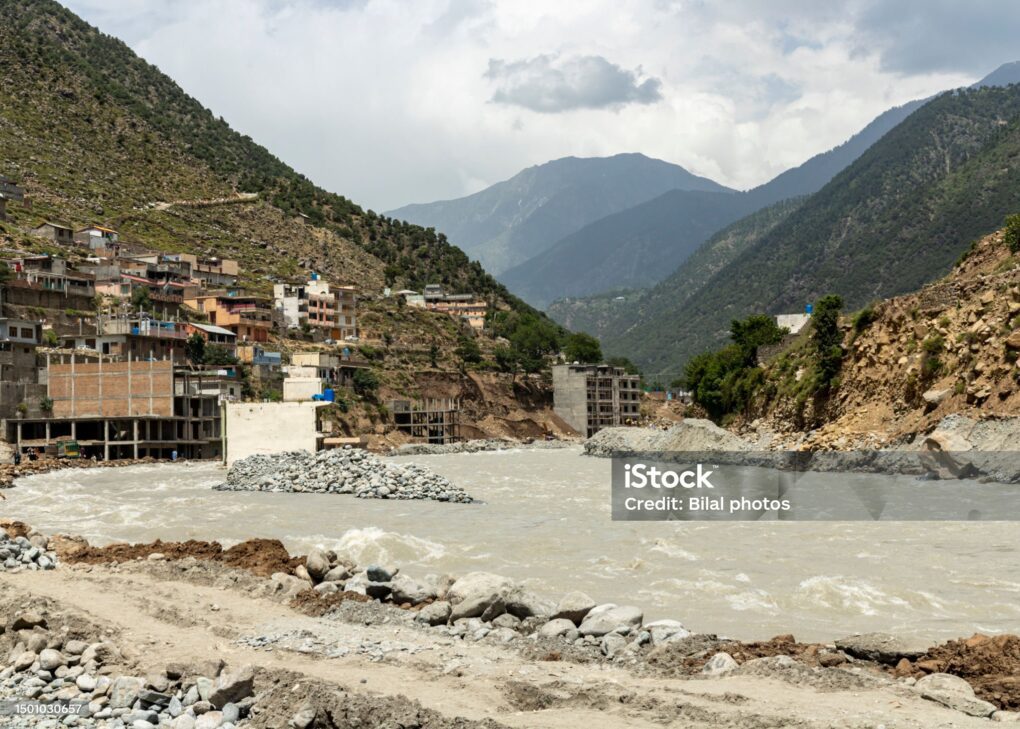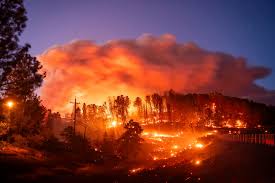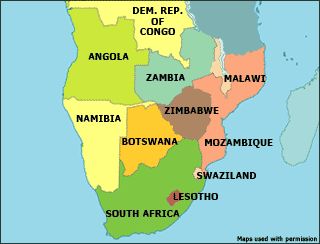on 10th September, 2023 the Storm Daniel hit the eastern part of Libya. The town of Derna witnessed torrential rains turning into one of the worst floods in its history. Initial reports revealed that at least 5,000 people have been reported killed and thousands more missing due to devastating floods in Libya according to CNN. The eastern city of Derna has been the worst affected where as many as 6,000 people are missing.
However, the death toll is continuing to soar as rescue efforts are growing. AP has reported that death toll crossed 11,000 figure and more than 10,000 were still missing by 15th September with little hope of survival after so many days.
The Storm Daniel has already proved itself to be one of the deadliest in history. It surpasses the 1927 floods in Algeria (3,000 killed) and the Super Typhoon Haiyan which killed 7,354 people in the Philippines in 2013.

According to the Minister of Civil Aviation and a member of the emergency committee for the administration in eastern Libya, 25% of the city has disappeared. There has been significant damage to infrastructure, including roads, telecommunications services and power. At least 715 buildings have been damaged, 7,000 families have been stranded and 30,000 people have been displaced. (ReliefWeb)
The UN has issued an urgent appeal to donors for $71.4 million. Around 250,000 people impacted by the floods need help for the next three months, saying death tolls could rise without more help. OCHA estimates that more than 880,000 people, in five provinces, live in areas directly affected by the storm and flash floods according to UNRIC.
Most of the devastation was caused by the failure of two upstream dams. The gushing deluge swept into the town of Derna and eastern city of Benghazi, according to media reports. The local residents say that entire neighborhoods were swept into the sea (BBC). Media has been showing horrific scenes of the disaster.

People and rescue organizations complain that international humanitarian response is very slow and insufficient. Relief efforts have been insufficient due to two different governments in Libya and the flood effected areas, among other reasons.
Many factors can be attributed to the catastrophic effects of the floods.
One major factor is the governance issue. In 2011, Muammar Gaddafi was toppled in a NATO-backed uprising and civil war. It led years of civil strife and fighting between rival groups and for years Derna was held by a succession of militant Islamist factions, including Al Qaeda and Islamic State. Today there two rival governments in Libya, an internationally recognised government in Tripoli (in the west of country) and a rival Libyan National Army government of Khalifa Hafter in the east of the country, where floods happened. The much-needed renovation work of the Derna dam could not be completed for many years due to the hostilities between various warring factions.
The Libyan prosecutor general Al-Saddik al-Sur revealed that cracks had developed in Abu Mansur and Al Bilad dams since 1998. Repair works were started in 2010 but were suspended after a few months when the Nato-backed uprising started in 2011, and never resumed since.
According to Nature, war and sanctions on a country limit the capacity to maintain critical infrastructure. Blöschl says that Libya’s poor infrastructure was as important as the extreme weather in creating devastation. Lack of maintenance is certainly one of the reasons that contributed to the disaster.
Massive wealth generated by oil production is being distributed between rival groups instead of being used for the welfare and development of the country in a way the modern organised nations of the world are doing.
Lack of effective warning system can also be another factor. Though there was clear warning by Libya’s meteorological agency at least three days in advance. Either the local government failed to warn the people properly or the residents ignored these warnings.
A local hydrologist told the Reuters “There were warnings before that. The state knew of this well, whether through experts in the Public Water Commission or the foreign companies that came to assess the dam,” he said. “The Libyan government knew what was going on in the Derna River Valley and the danger of the situation for a very long time.”
He says that the hazard facing residents was no secret and warned in an academic paper he published last year, he warned that if the dams were not urgently maintained, the city faced a potential catastrophe.

Climate change could be another factor. More frequent and severe extreme weather events are among the expected and observed consequences of climate change. This was confirmed in the Sixth Assessment Report of the Intergovernmental Panel on Climate Change. The rainfall and flooding are unprecedented in Libya. Though climate change cannot be squarely blamed for the storm Daniel, there are certain experts who believe that the sea surface temperature near the coast of Libya was high enough to fuel the storm once it developed. Another can be changes in the jet stream as well according to the Nature.





Leave a Reply